
Starting June 1st, 2023 Our warehouse fee will be $0.65/cubic foot per month
In effort to lower the warehouse storage fee during inflation, we have went narrow aisle racking.This construction took us four months but the project is finally completed. With narrow aisle racking, we are able to drop storage by 24%.We as partners will go through this inflation together.
05/14/2024
For small business proprietors, staying on top of inventory management and procurement of goods may not rank high on the list of enjoyable tasks, but its significance cannot be overstated in ensuring the prosperity of your enterprise. Purchase orders serve as linchpins in facilitating a streamlined purchasing procedure, yet a considerable number of entrepreneurs remain unclear about their purpose and utility in driving financial growth.
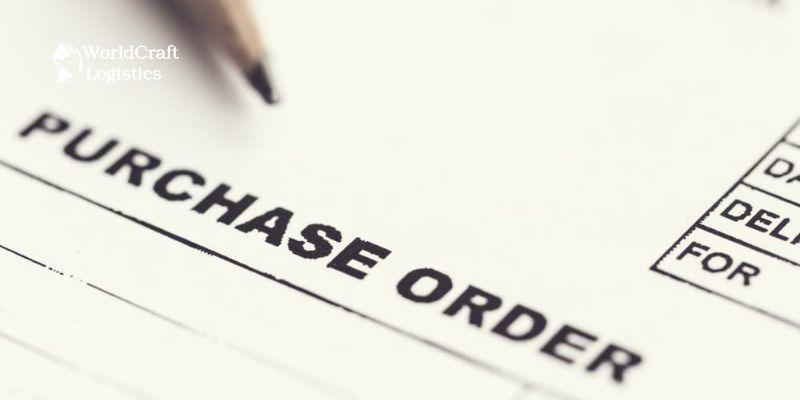
A purchase order serves as a legally binding document utilized by a buyer to formalize an order with a supplier. It outlines details such as items, quantities, prices, and credit terms for the purchase. Upon acceptance by the vendor, the purchase order transforms into a contractual agreement, solidifying the transaction's legal obligations.
The primary function of a buyer's purchase order is to kickstart a transaction for particular goods or services with a seller. A sanctioned purchase order delineates the mutually agreed-upon terms and furnishes legal safeguarding for both the purchaser and the vendor vending the stipulated items.
In the reconciliation process, the purchaser aligns purchase order details such as items, quantities, prices, and receipt information with an invoice to verify the accuracy of the order and billing prior to remunerating the vendor.
These purchase orders are systematically numbered, furnishing a traceable path within the system, thereby facilitating an audit trail.
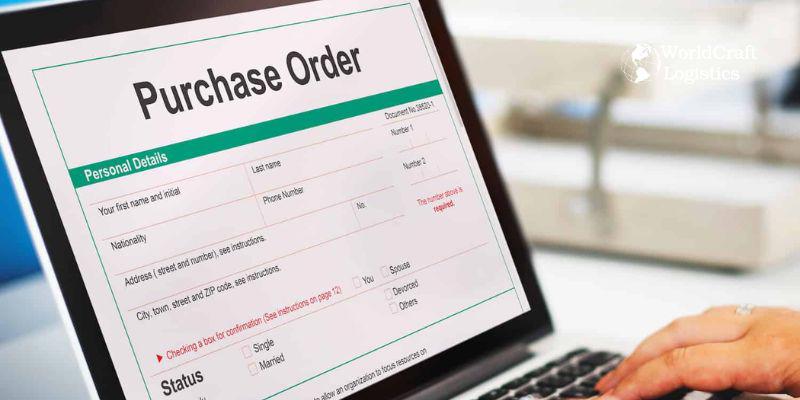
See more of our related articles:
👉 What is Customs Clearance? Meaning, procedure and implementation
👉 What is a Commercial invoice? What should you pay attention to?
👉 What is an In-bond shipment? Meaning, full process & regulations
The issuance of a purchase order yields improved approval processes, spend management, and internal control over purchases. Each purchase order is meticulously regulated with a sequential PO number on every form, bolstering internal oversight.
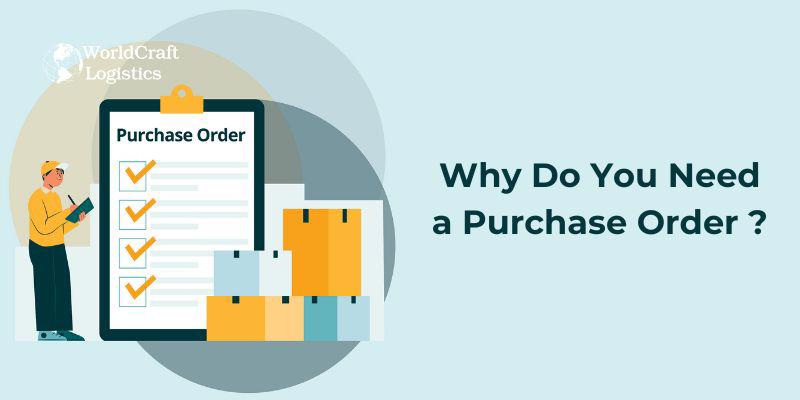
The procurement procedure, elucidating the mechanics of a purchase order, entails the generation of purchase orders (POs) subsequent to the endorsement of a purchase requisition and the acquisition of vendor bids. Below, a breakdown of the sequential stages within the purchase order process is outlined, offering an in-depth elucidation.
The purchase order process is:
• Create a purchase order for the selected vendor
• Purchasing approves the PO
• Send the PO to the vendor
• Vendor confirms acceptance of the received PO
• Customer receives ordered goods or services
• Vendor invoices customer for products shipped or services delivered
• Customer completes 3-way matching of documents
• Customer approves the invoice
• Customer pays the approved vendor invoice
• Close PO
Following vendor selection and agreement on terms, the purchasing department finalizes the purchase order form, ideally opting for electronic submission via an ERP system equipped with a procurement module's PO system.
In the realm of purchasing or procurement departments, a designated approver assumes the responsibility of endorsing the purchase order. Their role entails verifying the existence of an approved purchase requisition, if necessary. Additionally, for substantial orders, parties may opt to establish and execute a comprehensive legal contract to fortify the transaction.
The procurement division of the customer forwards the purchase order to the vendor.
The vendor or supplier acknowledges receipt of the purchase order, promptly dispatches a purchase order confirmation to the customer, and initiates the fulfillment process. This may involve requisitioning components or items and fabricating goods that are presently unavailable in its inventory system, followed by the delivery of the finalized products or services to the customer.
A purchase order confirmation signifies the mutual agreement between a supplier and its customer regarding terms, pricing, and delivery dates for an order. At this stage, the purchase order form holds legal significance, binding both parties to the agreed terms.
Upon placing an order, the customer is entitled to receive all purchased goods or services as detailed in the purchase order. In the event of any backlog, a partial shipment may be dispatched to fulfill the order.
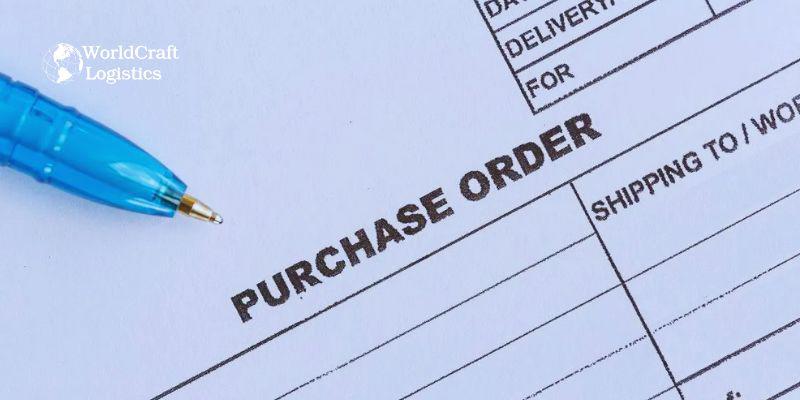
After shipment of the product or delivery of services, the supplier proceeds to invoice the customer, referencing the invoice number, customer account number, and purchase order number for identification purposes. The customer then logs these invoice amounts as accounts payable, categorizing them under inventory, fixed assets, or expenses.
In the realm of procurement systems, vendors have the option to employ a PO flip technique, which facilitates the automation of invoice creation using digital PO data.
Upon receipt of goods, the customer diligently cross-references the vendor's invoice with essential documents such as the purchase order, receiving report, or vendor packing slip, ensuring robust internal oversight. Additionally, the accounts payable procedure involves scrutinizing invoices for precise mathematical calculations.
Authorized approvers scrutinize the corresponding supporting documents before granting approval for invoice payment.
At the juncture of claiming an early payment discount or upon the stipulated invoice deadline as per purchase order terms, the customer settles the vendor invoice for goods or services rendered. This transaction is facilitated through the reduction of accounts payable within the accounting software, accomplished by applying the payment to the respective vendor invoice.
Upon receipt of all goods and services specified in the purchase order (PO), along with the completion of invoicing and subsequent payment by the customer, the purchasing department finalizes the closure of the PO.
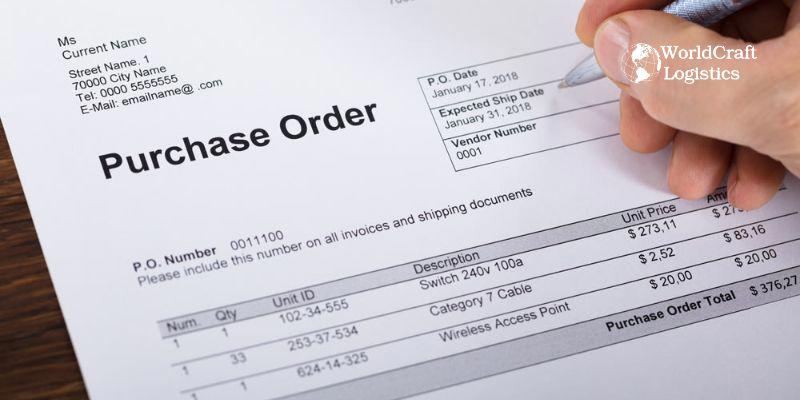
Different types of purchase orders include:
Standard purchase orders (PO)
Planned purchase orders (PPO)
Blanket purchase orders (BPO)
Contract purchase orders (CPO), and
Digital purchase orders (DPO).
A description of these types of purchase orders follows.
In the realm of procurement, standard purchase orders (PO) signify singular, designated transactions. Each standard purchase order encapsulates crucial particulars such as the purchase order date and delivery date, ensuring comprehensive documentation of the transaction details.
Planned purchase orders (PPO) signify enduring contractual commitments to procure products or services exclusively from a designated company over an extended period. Each PPO delineates essential purchase particulars, encompassing estimated quantities and pricing, designated billing accounts, payment methods like charge or credit cards, and provisional delivery timelines.
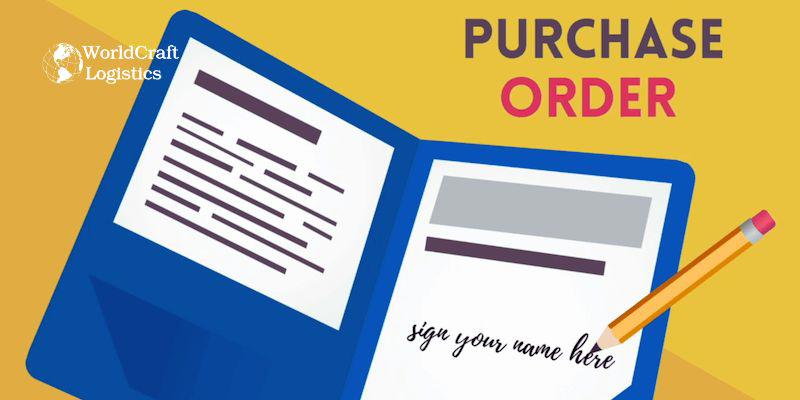
Scheduled releases are formally dispatched against established PPOs to trigger the execution of actual procurement transactions for goods or services from the designated supplier.
A blanket purchase order (BPO) entails a customer's comprehensive order, encompassing multiple deliveries by the vendor across a designated timeframe. Within this arrangement, the customer can request or schedule recurring deliveries, thereby utilizing the aggregated total of the blanket PO. A key advantage of such orders lies in securing discounted pricing based on quantity, a reward for the customer's commitment to the vendor.
Contract purchase orders (CPO), alternatively known as contract purchase agreements, establish the conditions for subsequent issuance of standard purchase orders delineating the items or services to be procured. These standard purchase orders explicitly cite the contract purchase agreement.
Digital purchase orders (DPO) constitute electronically generated purchase orders within an automated procurement system, integral to the procurement workflow.
Entrepreneurs have a plethora of options when it comes to sourcing online software for generating purchase orders. Alternatively, they can resort to crafting their own order forms using basic tools like Microsoft Word or Excel.
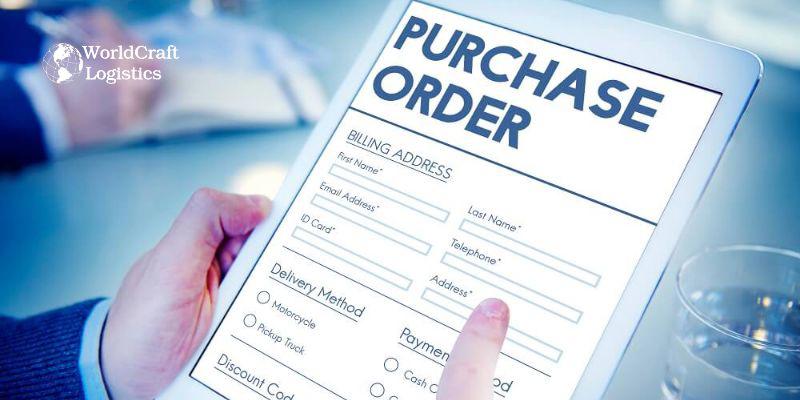
Here’s what you’ll need to include:
Issue date
Products needed and the quantity of each product
Product details including SKU numbers, model numbers and brand names
Price of each product per unit
Delivery date
PO number
Business information including the shipping and billing address, company name and contact information
Terms for payment, such as “paid upon delivery” or specific payment date options
This FAQs document serves to address common queries regarding purchase orders, providing succinct answers to frequently encountered questions in this domain.
In the realm of procurement, the distinction between a purchase requisition and a purchase order lies in their procedural roles. A purchase requisition serves as a formal request made by an employee for the acquisition of goods or services, initiating the procurement process. Upon completion, this form undergoes scrutiny by an authorized manager within the requester's functional domain, who holds budgetary oversight. Depending on company guidelines, additional approval from higher management may be necessary for requisitions surpassing a predetermined threshold.
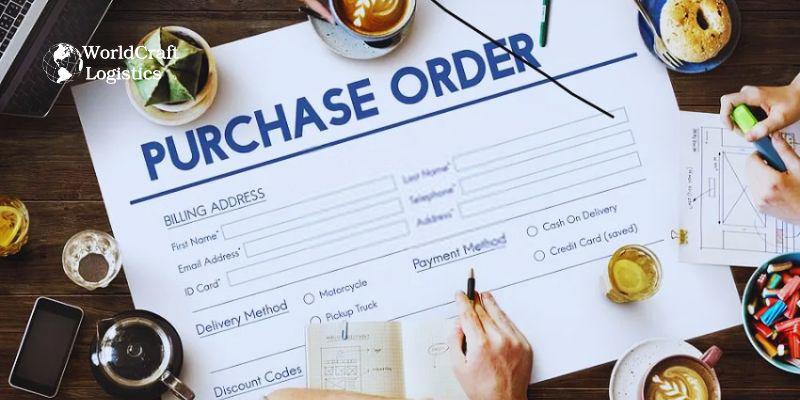
In the realm of commercial transactions, the distinction between a purchase order and an invoice is pivotal. A purchase order signifies a customer's formal request to procure goods or services from a vendor, documented through a designated form. Conversely, an invoice is the vendor's official statement issued upon shipment, prompting payment from the customer. Both documents entail crucial line item details such as product description, quantity, pricing, and payment conditions.
In a seamless operation known as a PO flip (purchase order flip), a purchase order undergoes automatic conversion into an invoice before being swiftly dispatched to the accounts payable department of the purchasing company. This process is facilitated by e-procurement software, which adeptly transforms digital purchase order data into electronic invoices.
Purchase order financing, commonly abbreviated as PO finance, enables customers to leverage their purchase orders to secure the necessary funds for paying suppliers. This process occurs prior to the sale of inventory to end customers and the subsequent collection of accounts receivable from these sales.
A purchase order serves to delineate delivery, billing, specific products or services requested, as well as legal and payment terms. It stands as a legally binding contract between the customer and supplier once accepted by the vendor.
SEO
Digital Marketing/SEO Specialist
Simon Mang is an SEO and Digital Marketing expert at Wordcraft Logistics. With many years of experience in the field of digital marketing, he has shaped and built strategies to effectively promote Wordcraft Logistics' online presence. With a deep understanding of the logistics industry, I have shared more than 500 specialized articles on many different topics.

Education
01/05/2025

Education
02/18/2025

Education
01/01/2024

Education
08/28/2024
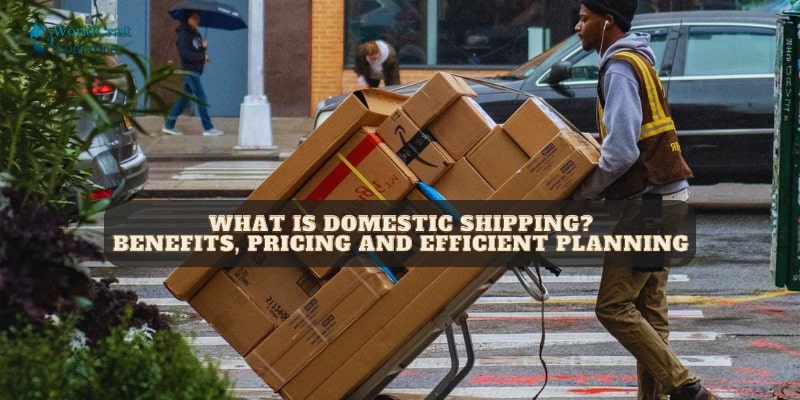
Education
11/13/2023